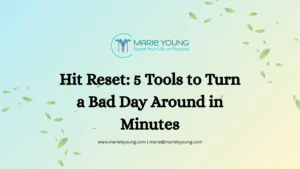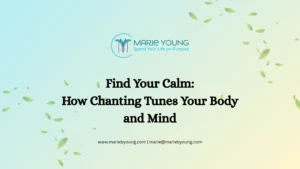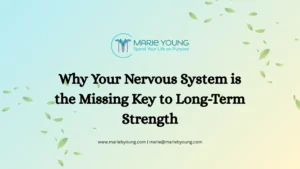One of my first jobs out of college was writing technical documentation for an IBM contractor. While the job wasn’t my dream, I learned buckets about writing and I met some people whom I still remember to this day. And while they were all such rich characters, none of them compared to…
Dee and Candi. (Sigh of Love.)
Even their names said together sounds true and right somehow.
They were a couple and they were the coolest cats in the joint. Competent and smart beyond belief, they were also such lovely people, calm about almost everything, and seemed genuinely happy.
I had to know why and where to get some of that.
Turns out they had M.A.s in writing. From none other than what is now Maharishi University of Management (previously Maharishi International University) smack dab among the cornfields of Iowa.
There they got equal doses of writing instruction and transcendental meditation (TM). Yep, from the same lineage that gave it to The Beatles. Damn, they were awesome.
They also gave me my first introduction into meditation. While they didn’t show me the technique (an apparent no-no in TM), they explained the science behind it and the general benefits. Little did I know that they would get me started down a path that has saved my mental cookies on more than one occasion.
I have clients ask me why much of my relationship coaching focuses around meditation. It’s because I divide the relationships we have into four major areas, those with:
- Self—includes mental, spiritual, and physical
- Cosmos—includes God, the Universe, or your own faith in the process of life or the more altruistic qualities of humanity
- Others (men and women)—includes interpersonal, business, and strangers.
- Life—includes business, creativity, and household tasks.
My approach recognizes that a good relationship with the first two—yourself and the cosmos—as foundational to having good relationships in the other two areas.
When you do the simplest of meditation, just focusing on your inhale and exhale, you—at the very least—lay the groundwork for relaxing the body and calming the mind. This helps you increase the time between stimulus and response. So you don’t get triggered as easily. How many of us couldn’t use more of that in our relationships with others and with the daily business of our lives?
But the benefits don’t end there. Meditate consistently and you may connect with a part of yourself that goes beyond thought and feelings. It can offer you a greater bond in your relationship with what I call the Cosmos, your place in it, and your own ability to make a creative impact on it.
My own experience of meditation has also allowed me to balance the masculine and feminine sides of myself. My theory on this is that it’s because by focusing on my breath, I am better able to experience the energy centers of the body—the chakras—more deeply. This keeps me in my body not just in my mind.
This article is an amazing in its scope and accessibility in describing 23 kinds of meditation. It divides them into five genres of meditation: Buddhist, Hindu, Chinese, Christian, and Guided. It’s a helpful overview and will give you an idea of where you might like to start your practice.
So get out there and get to meditating, folks. Even five minutes a day is a great start. Who knows, it might bring out your own inner Dee and Candi.
(Double sigh of love).




